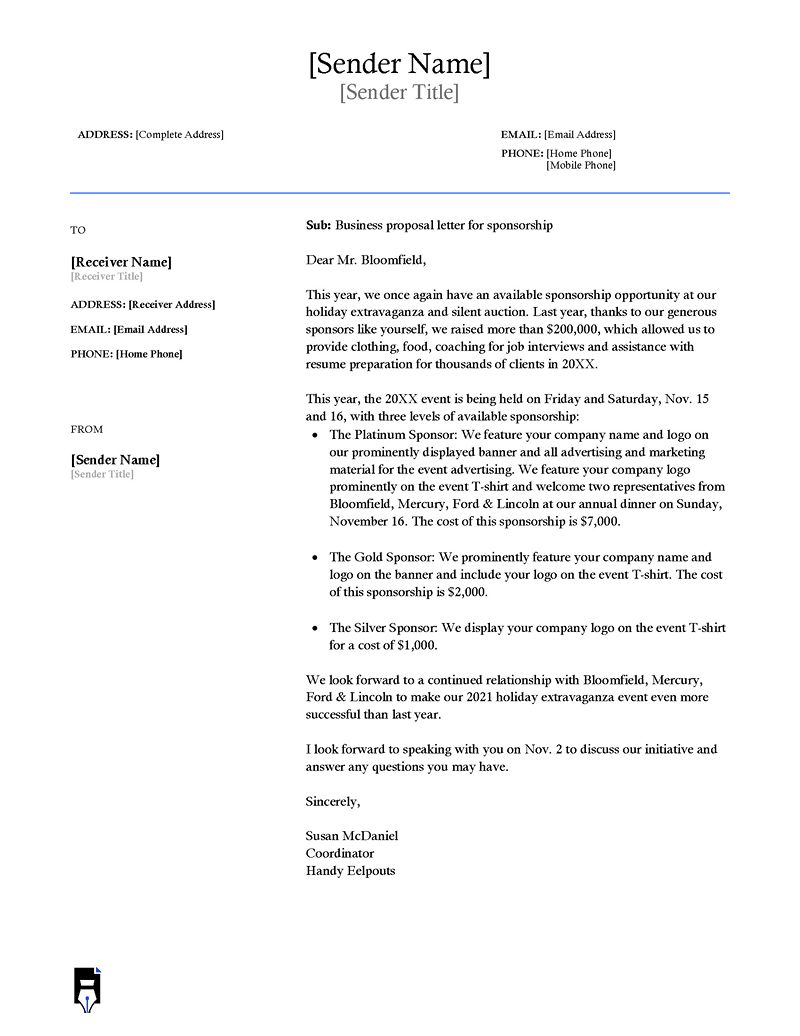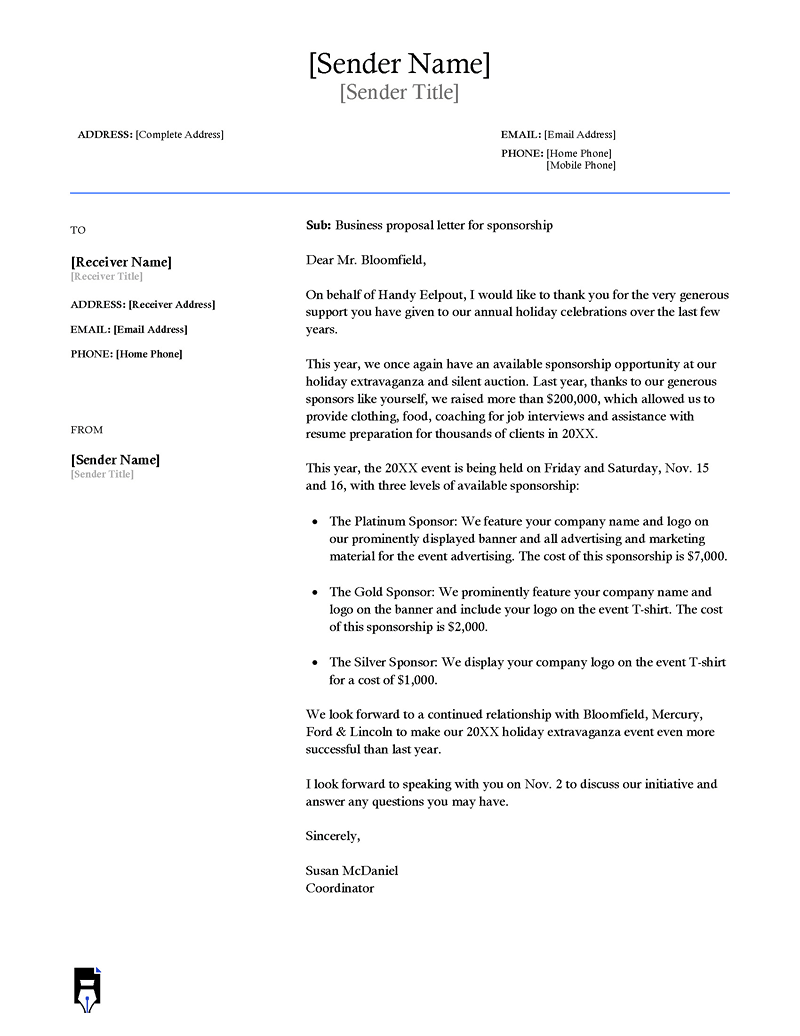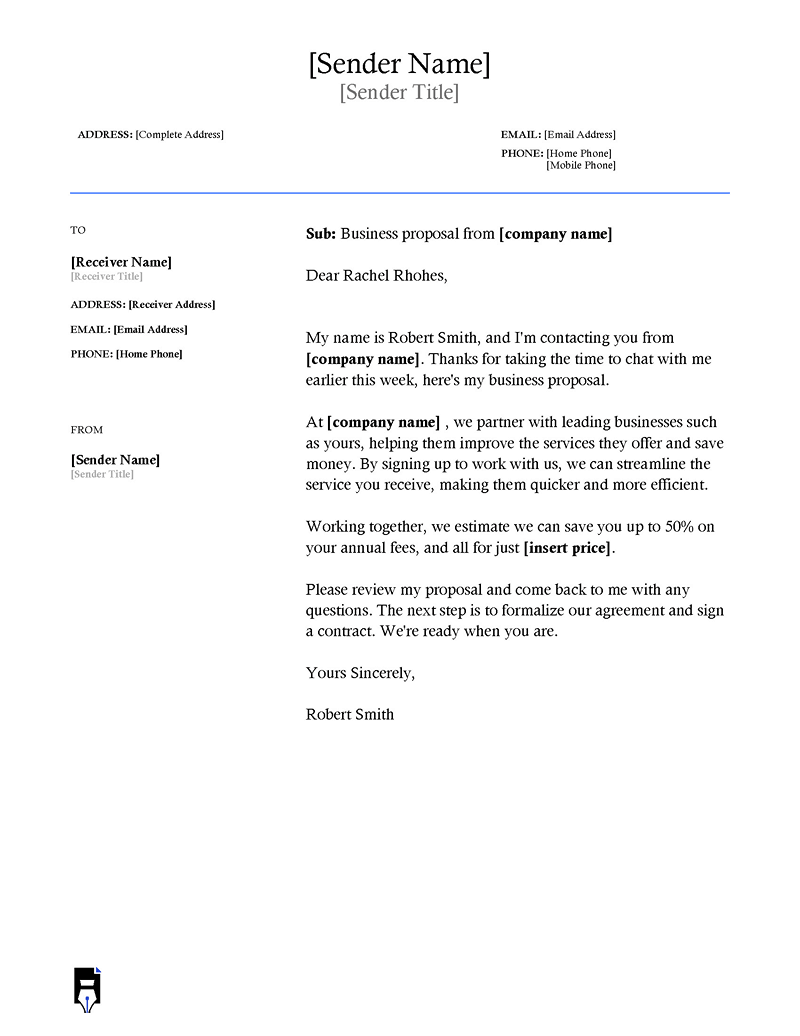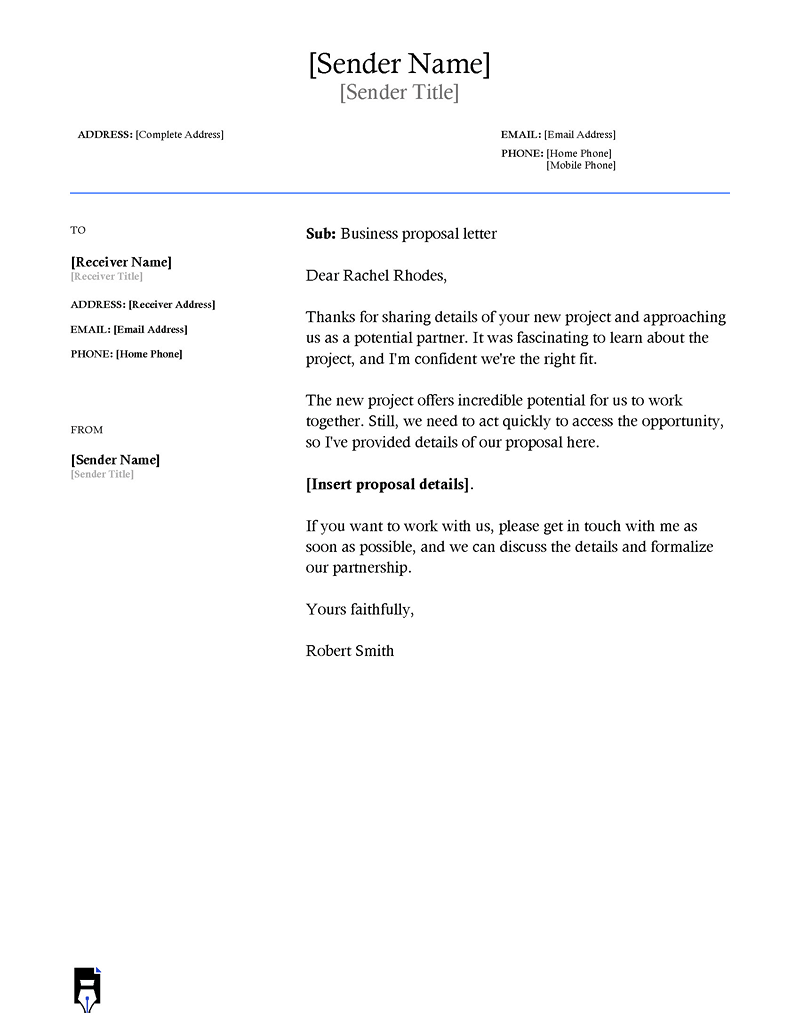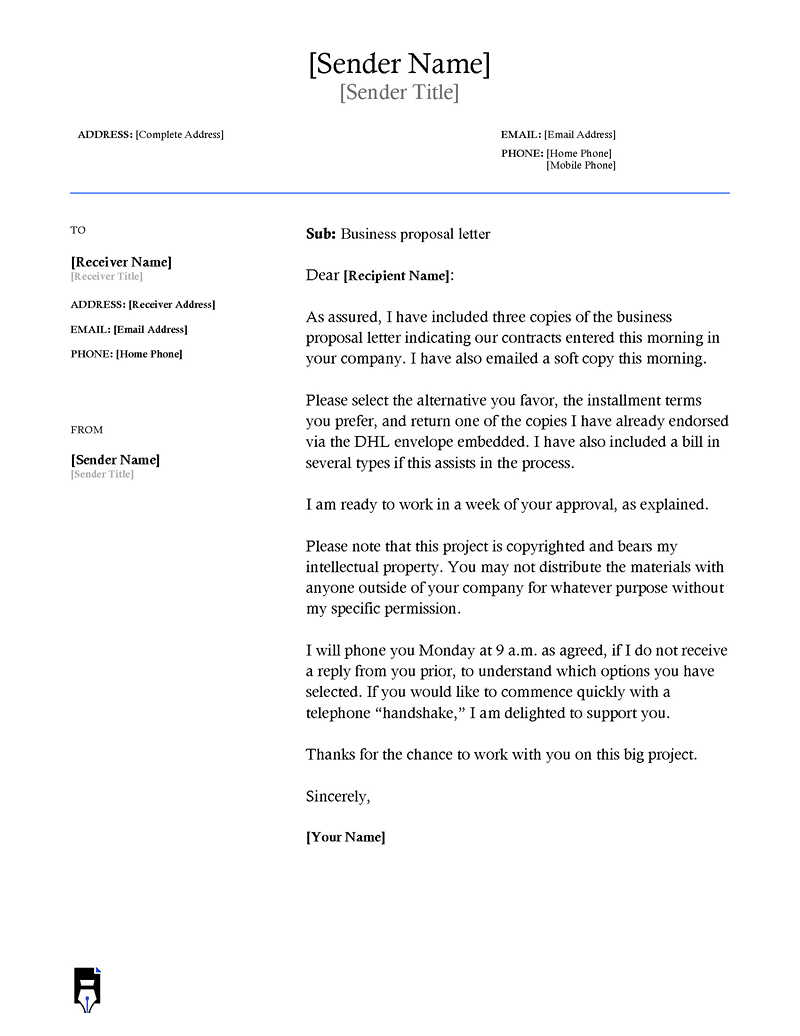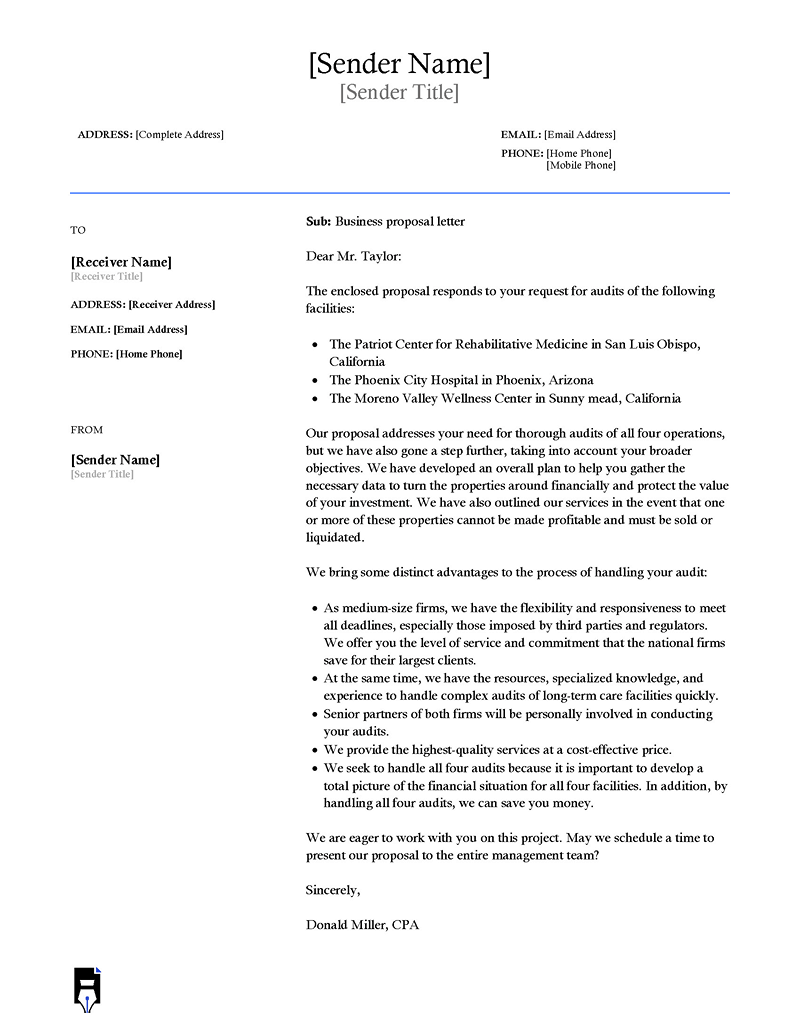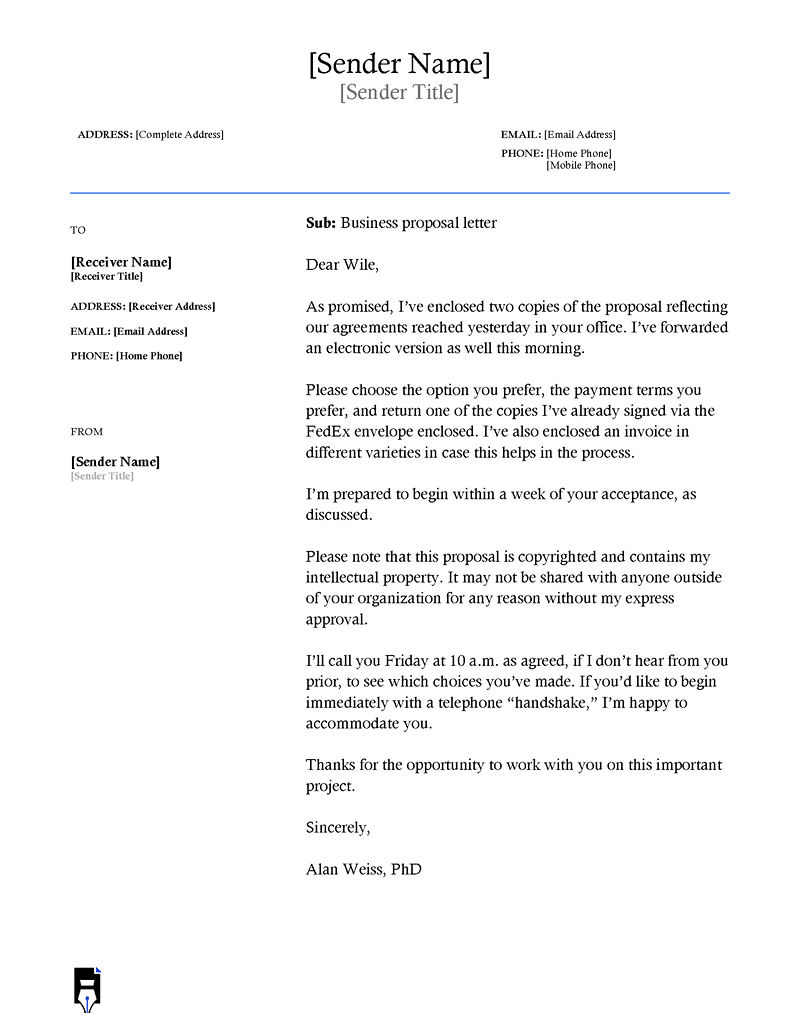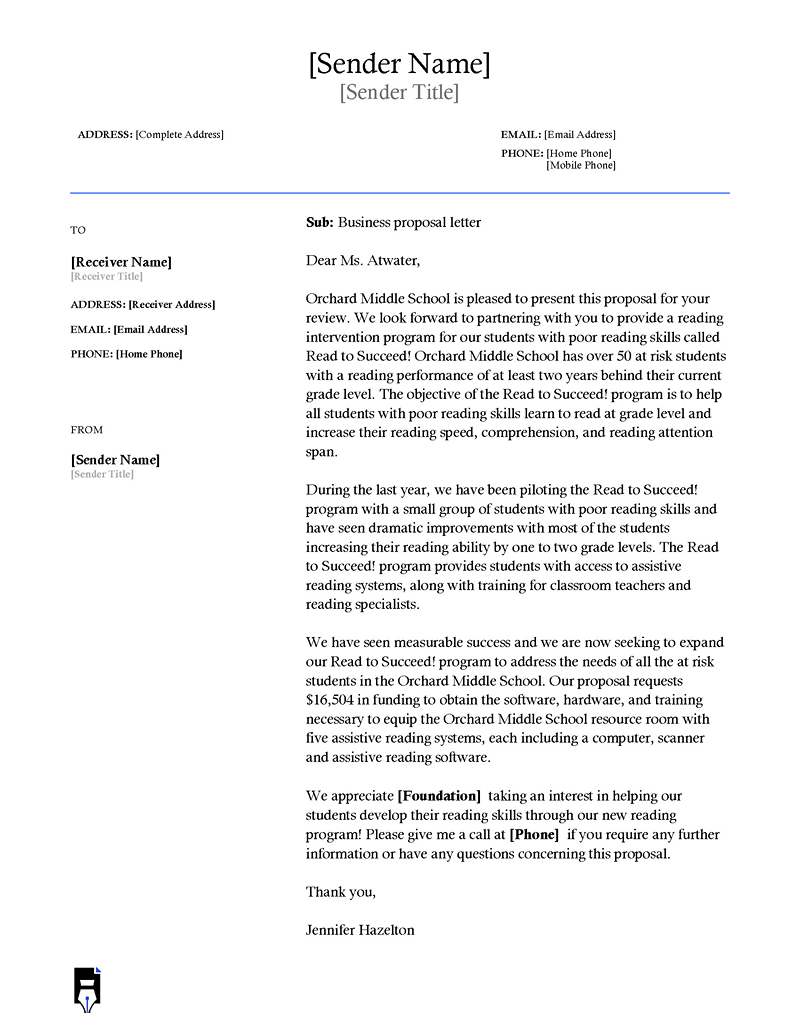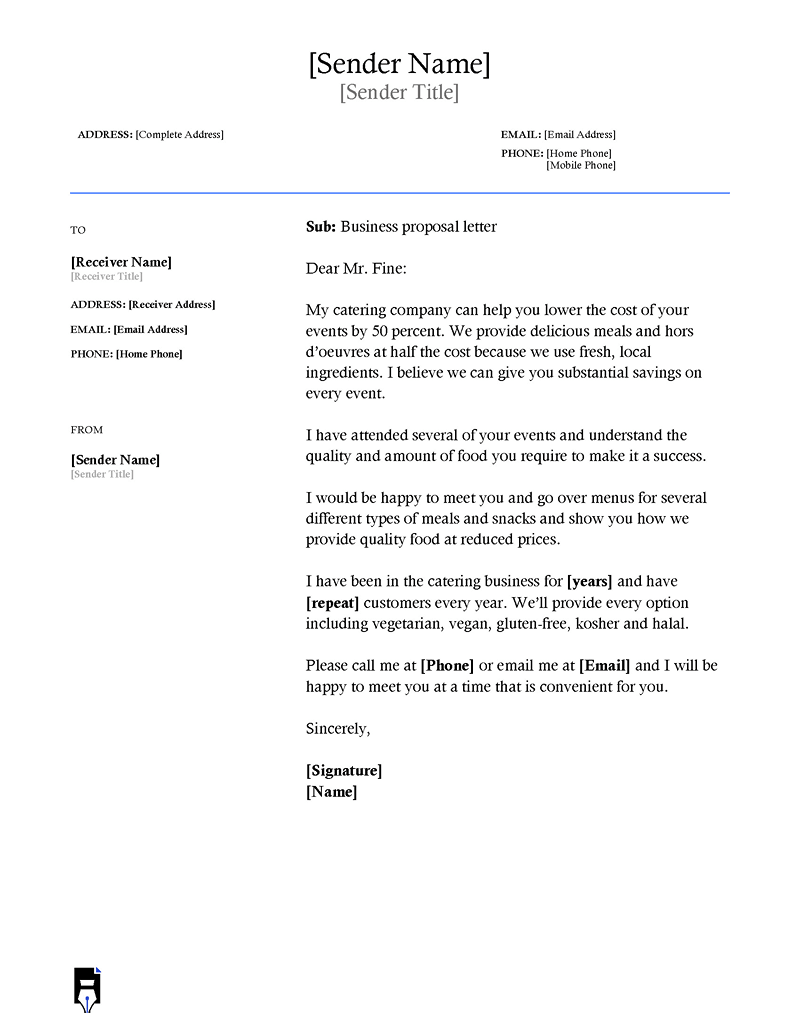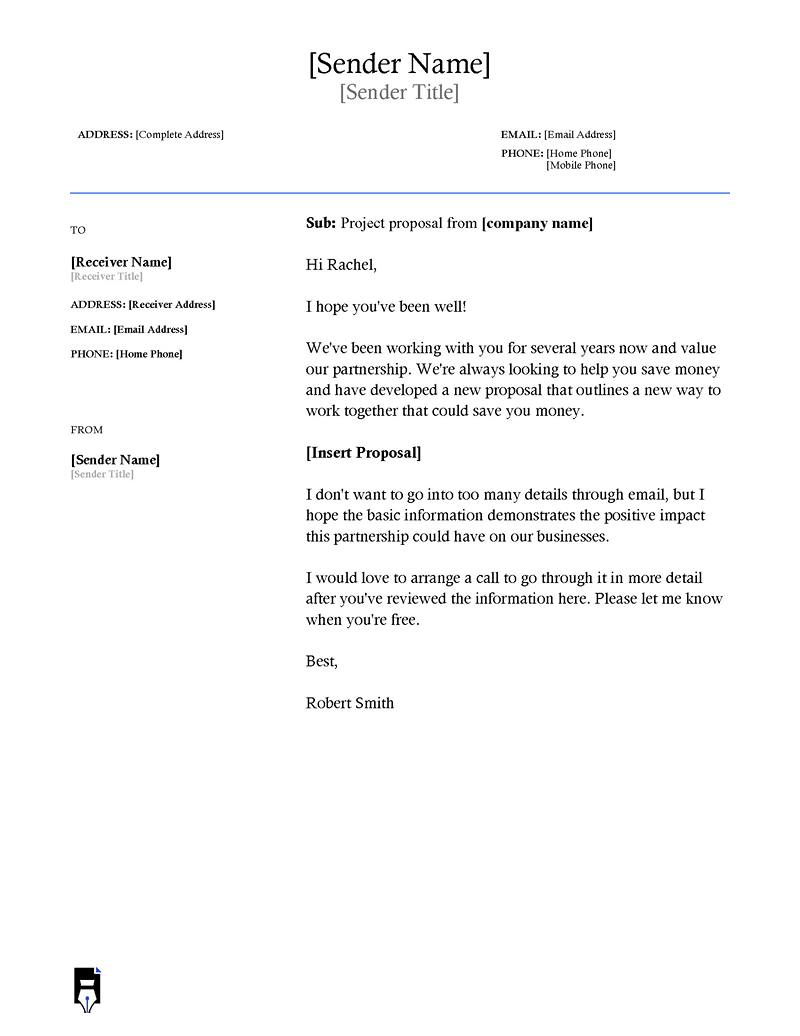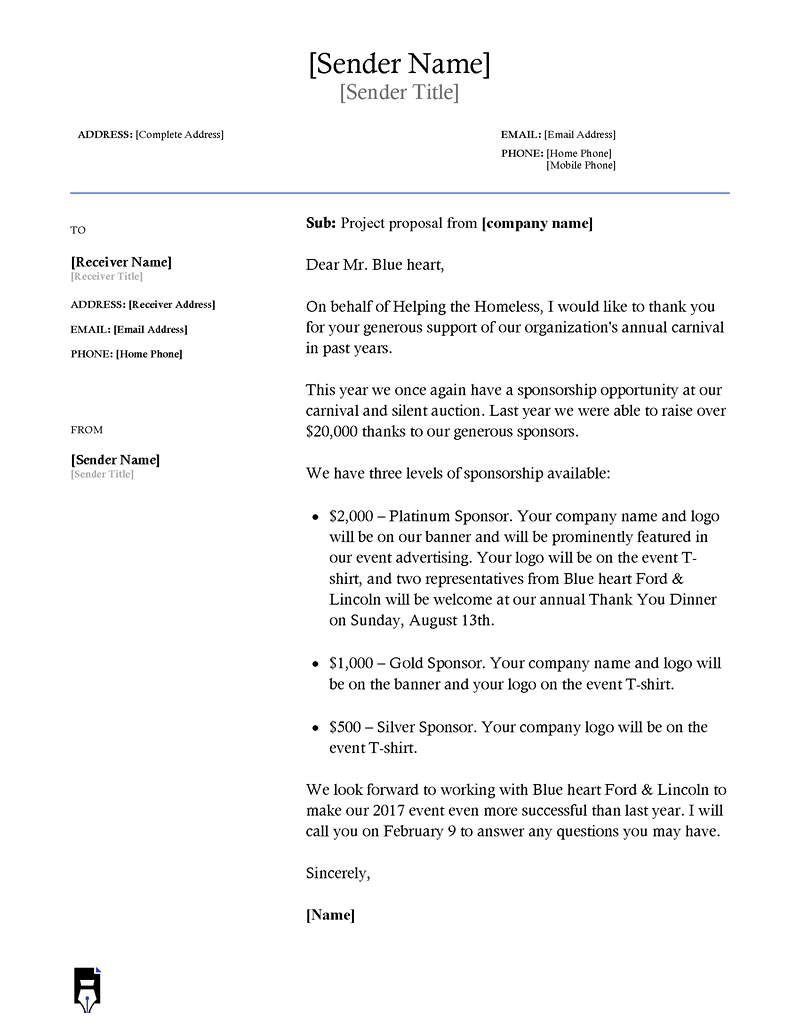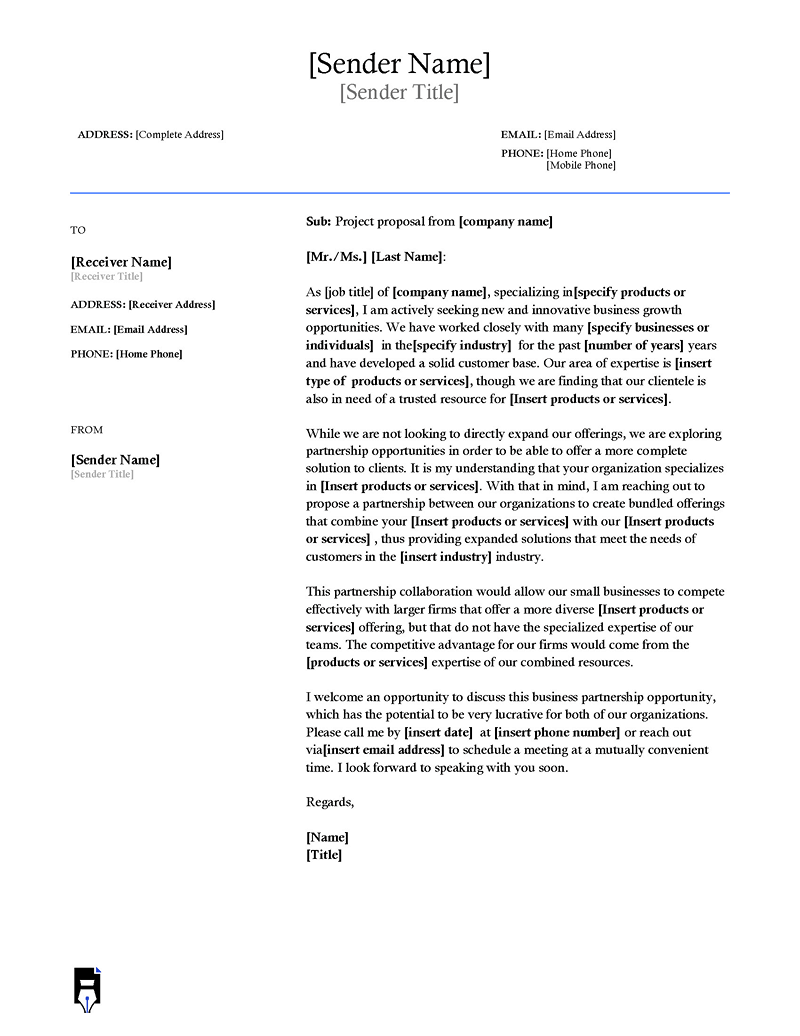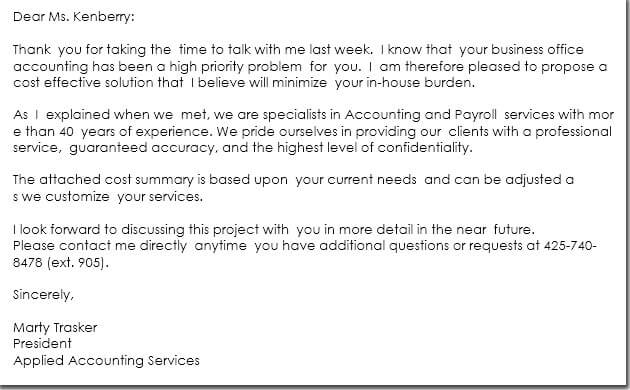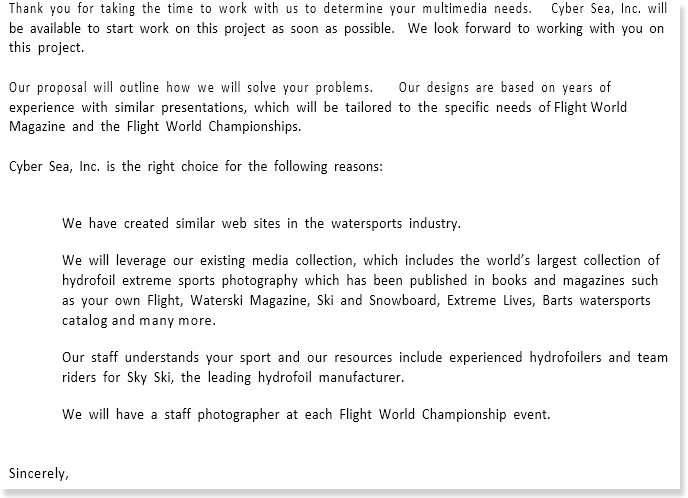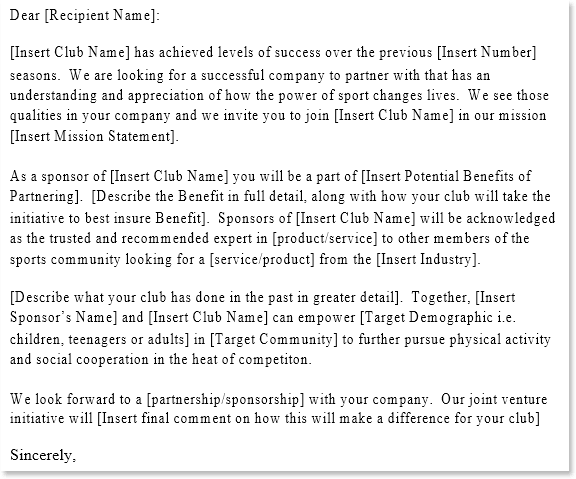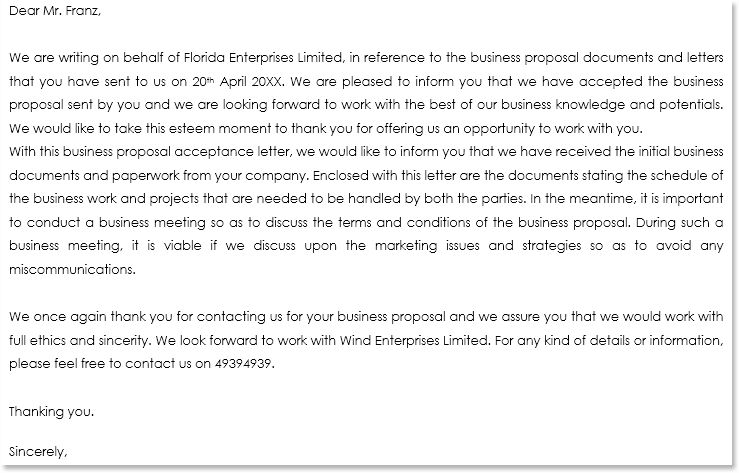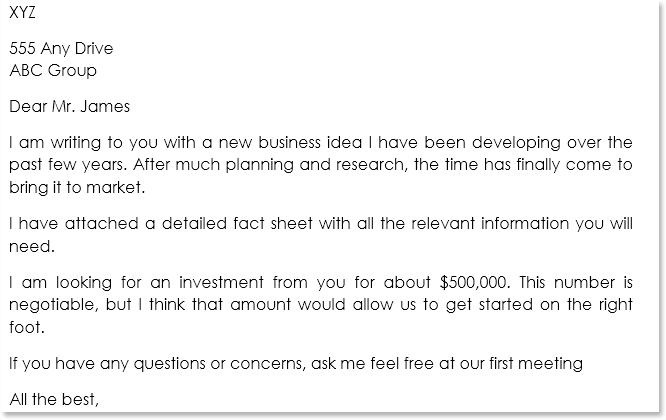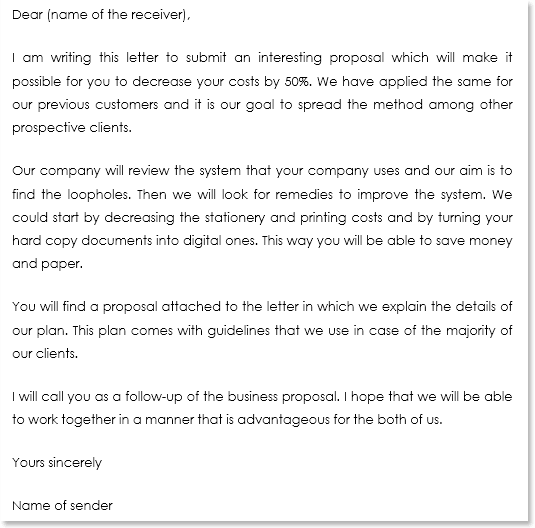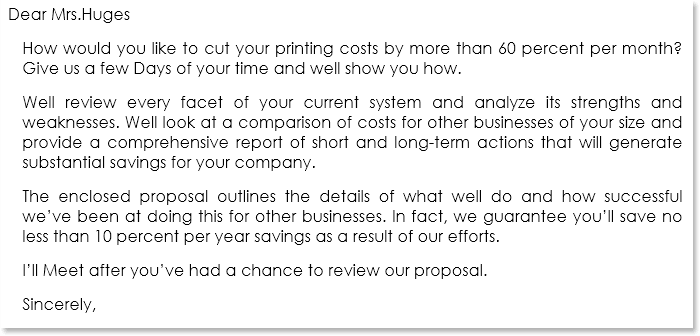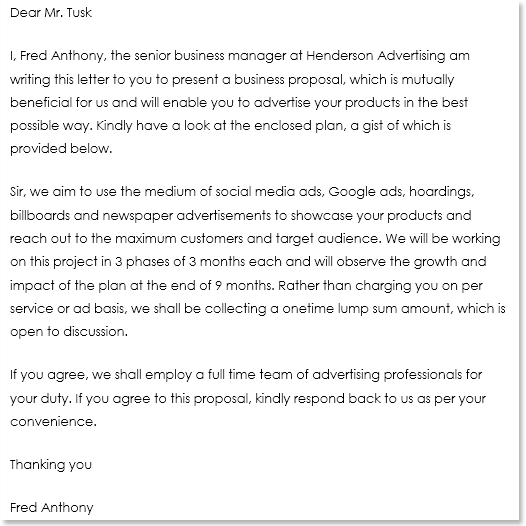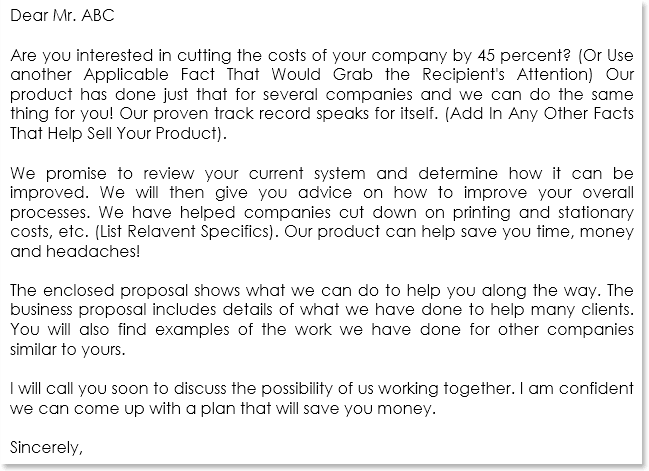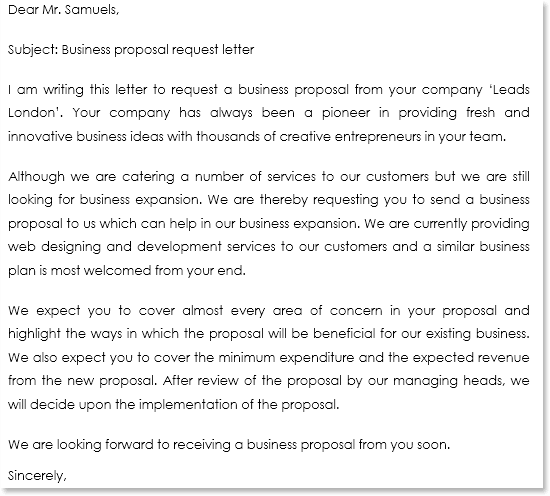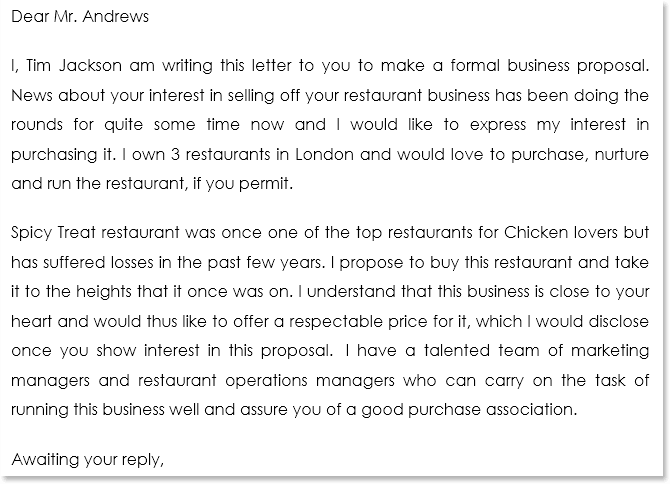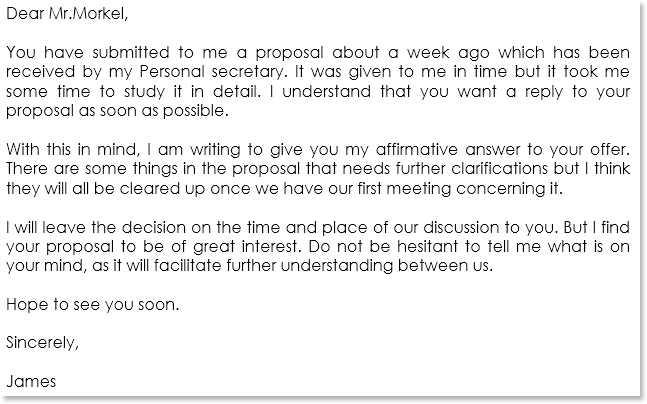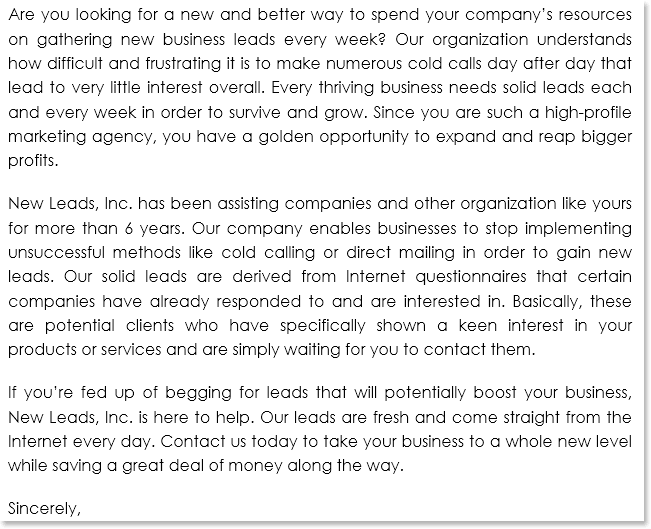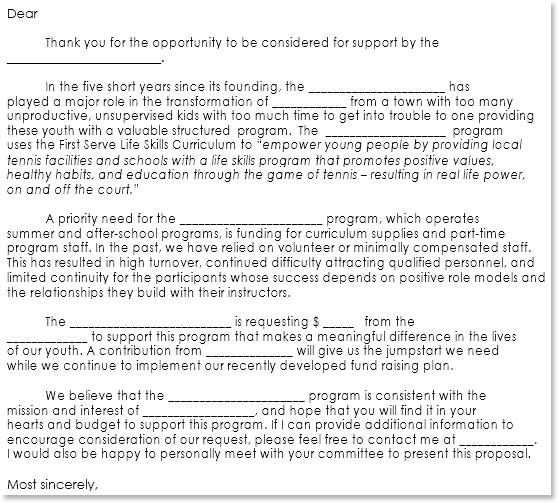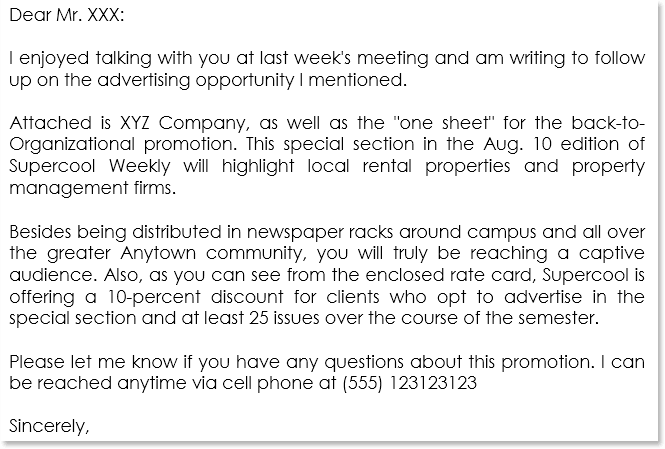One thing that a successful business person will tell you is that every business starts with a cherished idea. But it doesn’t stop there! It also needs proper communication of your ideas within your business environment. Proper communication not only creates a good perception of your business but also leads to mutual gains.
One of the best methods to communicate your ideas and desires to work together with other parties is through a business proposal letter.
A business proposal letter is a professional document that an individual can use to present his/her ideas and to invite cooperation from other organizations.
In many times, cooperation can happen in various terms. For instance, it can be an agreement to supply products and services. Also, within the business proposal letter, you need to highlight some of the benefits associated with the cooperation. Business proposal letters can be sent either as a response to a request for information on your business or as an introduction letter to introduce your products and services to your potential customers.
Business Proposal Letter Template
What is the purpose of business proposal letters?
As stated above, the main purpose of writing a business letter is to communicate your ideas to potential business partners. In other words, its purpose is to convince your prospective partners to buy your idea(s) to work with you under a certain capacity. It could be either you want to be a service provider, or you want them to buy your products, or simply work as cooperates.
Depending on the situation in which you want to engage your prospects, there can be various types of Business Proposal Letters. The following therefore are some of the most common types of letters you should know.
Types of Business Proposal Letters
According to experts, there exist various types of business proposal letters. Let’s take a look at them:
Formally solicited business proposal letter: In this type of business proposal letter, the prospective customer can either send you a Request for Proposal, Request for Quotation, Request for Bid, or Request for information documents. In response, you need to write a Formally Solicited Letter addressing the client’s requirements.
Informally solicited business proposal letter: An informally Solicited Business Proposal Letter works similarly to the Formal one. The prospective client will request information. However, in your response, you won’t have to follow formal requirements, as in the case of Formal Solicited Letters. A better example is a situation where a company only receives one candidate for a vacancy announced. However, in order to formalize the hiring process, the company will still ask the candidate to present his CVs and other qualifications.
Unsolicited business proposal letter: Unlike the aforementioned letters, the Unsolicited Letters are written to prospective clients without them asking for it. Usually, these types of letters are common in marketing brochures where an individual sends the letters to introduce his or her products or service. Also, these types of letters are often generalized and more flexible as they are used for cold-selling purposes.
Research business proposal letter: This is a type of scientific or academic letter used to get approval to conduct a study. The business community, just like any other sphere of the economy, needs research for it to develop.
Grant proposal letters: These types of letters are those written to grant organizations to sell a particular idea. After receiving such letters, the organization will review the proposals to see whether they meet the donor’s criteria.
Depending on the type of Business Proposal Letter you want to write, it’s important to follow a proper format and structure. Generally, all types of proposal letters follow a similar format, with the difference being in their contents.
How to Write a Business Proposal Letter
Writing a compelling business proposal letter can be challenging for many. However, if you are planning to write one, the following is a common guide that will help you all the way.
Address the recipient
You need to start your proposal letter by greeting the recipient in a formal fashion. Be sure to address him/her by the right title. As a caution, refrain from addressing a woman as Mrs. Rather, you can simply write Ms.
Introduce yourself
In the first paragraph, you need to introduce yourself to the reader by providing your personal details as well as background information. Also, you can give brief information about the proposal.
State your purpose
Here, you will clearly provide clarity on what you intend to accomplish. At the same time, you can mention any problem that you intend to fix with your proposal.
State your objectives and goals
Let the reader know both the short-term and long terms outcomes of your proposal. Remember to keep your goals SMART (Specific, Measurable Achievable, Realistic, and Timely) oriented.
For instance,
“So as to improve my productivity by 30% within the next 12 months, I am requesting you for a loan amounting to $1,000.
Define your uniqueness
In order to make your proposal outstanding, you need to highlight what sets you apart from the rest. Therefore, you can state special skills that relate to the proposed idea. Additionally, you can state various experiences and qualifications that relate to the opportunity. Providing your skills, personal experiences, and other differentiators will lead you towards a greater result.
Mention your budget and how to meet them
For any business proposal or idea to take effect, the cost is always a major factor. Therefore, you can include the financial details needed to officiate your business idea(s). This will give donors or investors a better look at the project.
Request for a Follow-up action
In this section, you can request your reader to take additional steps to follow up on your proposal. A request to action will increase the chances of a response from the recipient. This can either be by replying to your proposal through email. A phone call or any other means is convenient for them. Additionally, if you let them know of your intentions to follow up, they will take your proposal letter seriously.
Close your letter
Conclude your proposal letter by expressing your gratitude to the recipient for their time. Also, encourage them to contact you should they need any clarification. Use a professional ending clause such as sincerely or regards. This should then be followed by a comma, then sign and your name.
Attach documentation
As a bonus, you can attach any relevant documents to your Business Proposal Letter. At the very end of your letter, you can type ‘enclosures’ and list all of them. Make sure you proofread your letter to correct any grammar mistakes, spelling errors, and any other typos.
Sample Letters & Examples
Conclusion
Businesses are competitive. This means that you have to be persuasive in both your cover letter and business proposal. Concentrate on your strengths. Proofread your letter carefully and ruthlessly edit out any part that even hints at doubt or shortcoming. Detail how resources will be used, detail your terms, as well as your understanding of their business and what they need.
In order to be persuasive and succeed, this proposal must center around their needs and how you are the absolute best candidate to fulfill those needs. Include statistics and facts to back up any claims or statements. Request a follow-up from the buyer or client. Finally, make sure you are cordial and thank the individual for giving their attention to your proposal.
